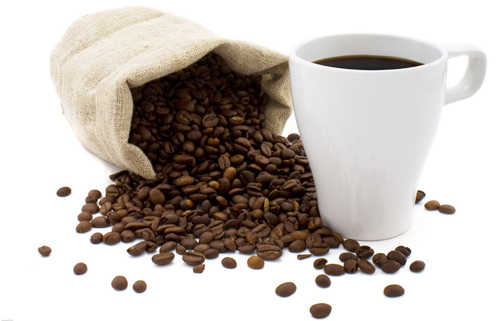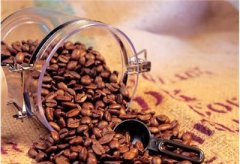Introduction to the characteristics of five types of coffee: Yemeni coffee, Peruvian coffee, Guatemalan coffee, El Salvador coffee.

Yemen
The Yemeni mocha was once popular, and it is still the soul of other coffee beans or mixed coffee beans. Yemen, commonly known as Arabia, is the birthplace of the Arabian species, once known as "mocha coffee", but it was all the rage for a time, but now it is no longer a grand occasion. However, with its mellow flavor and rich flavor, it is still quite favored by consumers.
Top quality beans: Golden Horse Tarim
Taste characteristics: slightly sour and strong aftereffect, but also sweet taste.
The best frying degree: medium ~ depth
Peru
Peruvian coffee, a rising star, is gradually opening up its popularity and entering the world. It is mostly planted in high-altitude areas, the planned planting makes the yield greatly increased, the taste mellow, the right acidity, more and more people like it.
Taste characteristics: the taste is mellow and the acidity is just right.
The best frying degree: moderate
Guatemala
The central region of Guatemala is home to world-famous coffee with excellent flavor. Most of the coffee beans here have charcoal flavor and cocoa flavor, but their acidity is slightly stronger.
Taste characteristics: bitter and fragrant, good taste.
The best frying degree: depth
El Salvador (Central America)
It is listed as the producer of Asamerdo Group together with Mexico and Guatemala, and is fighting for the top one or two places in China and the United States with other countries. Produced in the highlands, for the size of the large coffee beans, fragrant and mild taste.
Top quality beans: El Salvador SHB
The characteristics of Tao: sour, bitter and sweet are mild and moderate.
The best frying degree: medium ~ depth
Honduras (Central America)
The washed coffee beans in the mountain areas are well received, while the coffee beans produced in the lowlands are of lower quality.
Characteristics of the taste: sour and slightly sweet.
The best frying degree: medium ~ depth
Important Notice :
前街咖啡 FrontStreet Coffee has moved to new addredd:
FrontStreet Coffee Address: 315,Donghua East Road,GuangZhou
Tel:020 38364473
- Prev

Introduction to the characteristics of five types of coffee: Costa Rican coffee, Angolan coffee, Esopia coffee teeth.
The coffee beans produced in the high latitudes of Costa Rica are famous in the world, full-bodied, mild in taste, but extremely sour. The coffee beans here are carefully processed, which is why they have high quality coffee. The famous coffee is produced in the CentralPlateau, where the soil consists of successive layers of volcanic ash and dust.
- Next

Can the skin of drinking coffee blacken? can coffee affect the quality of the skin? Drink
Among the older generation, there is a saying that eating soy sauce will blacken the skin, which has been scientifically proved to be untrue. as coffee is more and more favored by white-collar workers, many MM are also worried that drinking coffee will blacken the skin, but it is not, so will the skin turn black when drinking coffee? What is worth noting by MM is that there is no research showing that
Related
- What is the standard process for the purpose of coffee cup testing? What is the difference between hand-brewed coffee and cup testing?
- How to use hand-brewed coffee paragon small golden balls? How does cold coffee lock in the aroma of coffee?
- Is American coffee black? What is the difference between American coffee and drip coffee?
- Unexpected! Well-known tea beverage brand Lele Tea will withdraw from the Zhengzhou market!
- Starbucks enters the fashion and beauty industry?! Netizen: Give me an ice American eye cream
- Why can American refills for free? The difference between Americano and American drip pot coffee
- Being chased out of the rain in front of Starbucks?! Store: Sheltering from rain under umbrellas poses a safety hazard
- The white moonlight has changed?! Lucky launches "Big Winter Pear American"
- Hand-brewed coffee three-stage method, high-sweet and universal brewing method to share! What does the high sweet water level of hand-brewed coffee mean?
- What is the difference between raw, refined and full espresso coffee? How to extract espresso and taste good?

